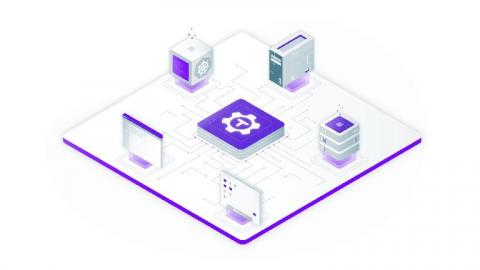The Pitfalls of Language Runtimes and Multi-tenant Services
Modern languages like Python, NodeJS, and Go make it easy to handle concurrent requests for multiple customers at the same time by using threads or goroutines. Such services seem very cost effective because one process can handle hundreds or thousands of tenants. However, this efficiency comes at a hidden, steep price. When language runtime scheduling breaks down, one tenant can cause an outage for everyone.











